Trends shaping the Water Utility industry
For water utilities, digital initiatives tend to revolve around optimization, enhancing customer experience, improving operational efficiency, uplifting field force experience, digitizing manual workplace functions, and improving infrastructure.
Challenges driving disruption in the market
All Australian water utilities are government owned with a regulated funding model that drives preapproved budgets. So, their income is fixed while costs are steadily increasing.
There is pressure on CDOs and CIOs to operate efficiently with much lower or similar budgets. Customer expectations are increasing; CDOs and CIOs need to be in line with expectations around sustainability, conservation, emissions and minimal environmental impact.
Meanwhile advances in technology such as Supervisory Control and Data Acquisition (SCADA), IoT, Data and Analytics and Cloud. present an opportunity to shift gears from a reactive traditional utility model to become proactive digital utilities e.g. drive predictive asset maintenance, customer self-service, bill shock prevention, real time water quality monitoring, etc.
Digital capabilities high performance utilities are building to address these challenges
Current trends have driven water utilities to invest in building a set of digital capabilities. These capabilities are helping them to mitigate key challenges that they’re facing and to enable a series of use cases that provide tangible business benefits.
For example, worker tracking is being used to drive improvements in workers safety through fatigue detection or productivity metrics derived from the variances between planned and actual work locations. Asset analytics is being leveraged to move from proactive maintenance to predictive maintenance.
Water utilities are leveraging a set of digitally enabled Capablities to Mitigate these Challenges and capture benefits from emerging Trends
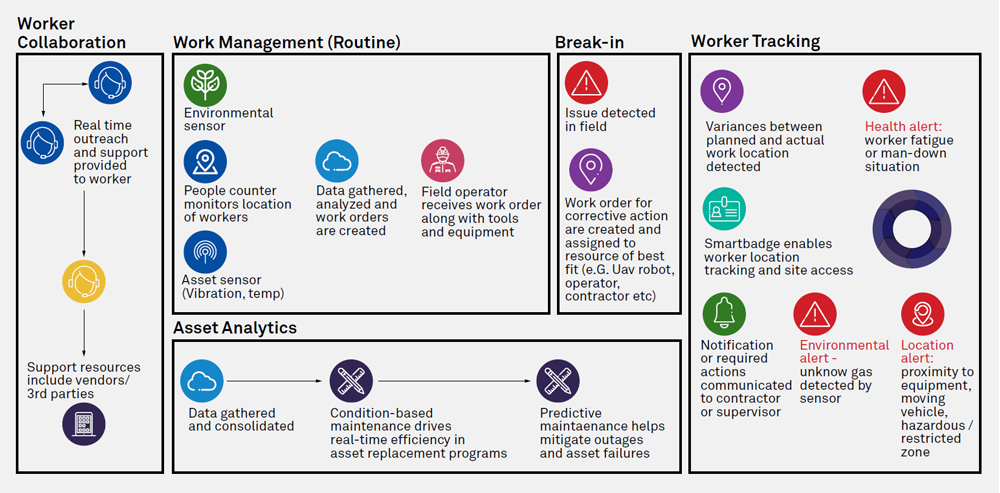
Key capabilities and example use-cases in play are:
A definite pattern in technology investments to build digital capabilities
We have observed some key trends from our partnerships with water utilities. Water utilities are enabling digital capabilities leveraging a consistent set of technology elements that form a pattern. Basically, water utilities are completing the same pattern in their journey to become digital utilities.
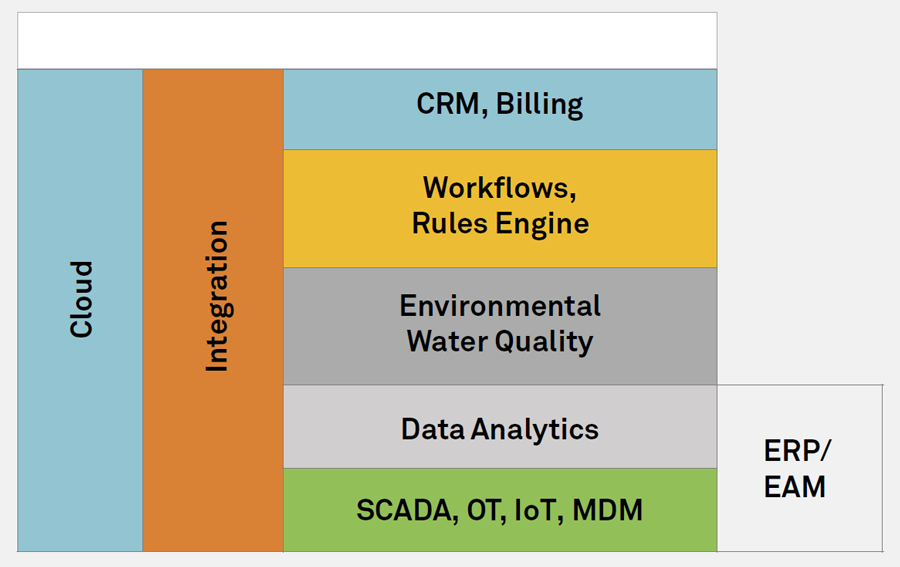
At the very basic layer of this pattern are operating technologies that include SCADA, telemetry and smart meters. Closely associated with this layer is IoT which includes a vast array of sensors, gateways and integrations into analytics engines. The analytics engine in-turn enables multiple use cases like predictive asset management, field force optimisation, asset digitization, leakage detection, etc. An adjacent layer includes workflows and rules engines which help these utilities to model processes, identify bottlenecks and to optimise for efficiency gains. These include rules overlays for better control of workflows.
Another key priority for water utilities has been the customer experience and billing layers. They have committed significant investments and management time to drive transformations around improving the customer experience managing customers and on enhancing their billing capabilities.
Bringing all of these together are the integration layers which enable processes and data integration across use cases, devices, applications and channels.
Finally, all of these are underpinned by cloud transformations where utilities are seeing massive value by migrating their technology estates and operating them from the cloud. Their cloud modernisation programs are giving them incredible leverage to bring together all the other components of the pattern seamlessly and intelligently.
Water utilities tend to invest in technology in different sequences
While the sequence may differ, we see water utilities completing the same pattern
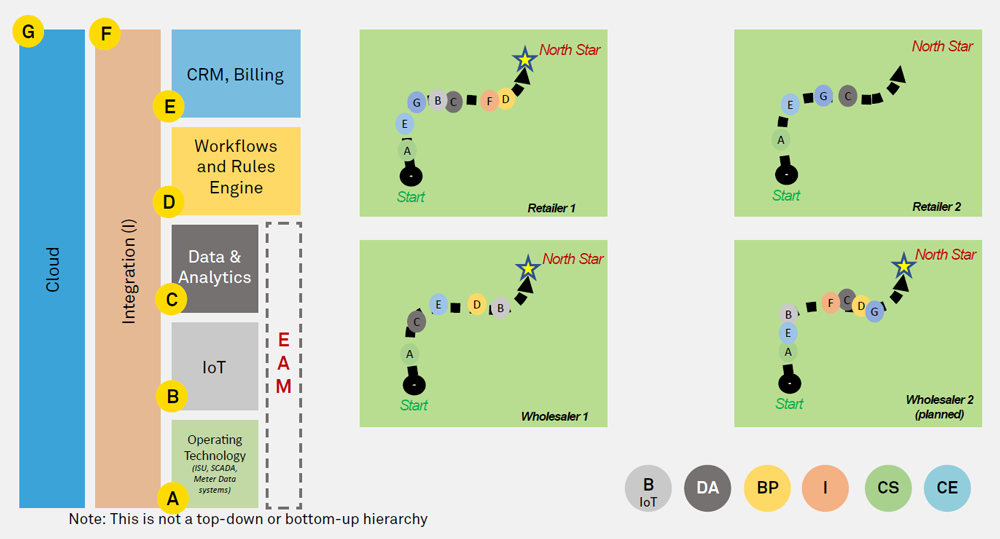
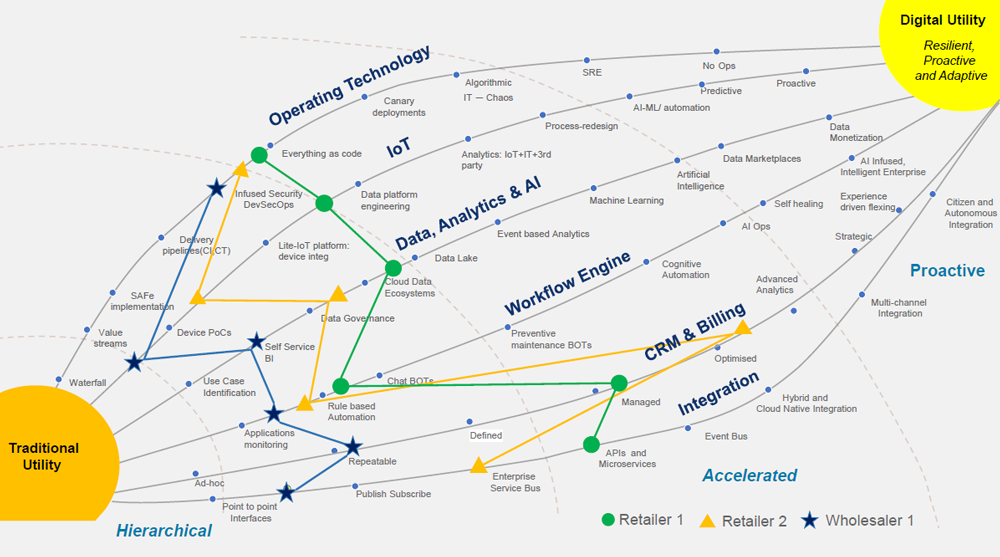
Same technology pattern, but different sequences
Ultimately, we are seeing water utilities articulating visions of becoming digital utilities and transforming from their traditional ways of working to Agile nimble technologically savvy ways of working. However, most of them seem to be investing in one layer of the pattern or two at a time and then moving on to other lawyers. The challenge we see is a lack of harmonized progress in maturing their organizations across this technology pattern.
Consequently, these organizations often end up getting skewed value or return on investment from these initiatives.
The investment sequence has defined the value delivered from use cases
The sequence of maturing/investing in the technologies impacts the use cases that can be delivered
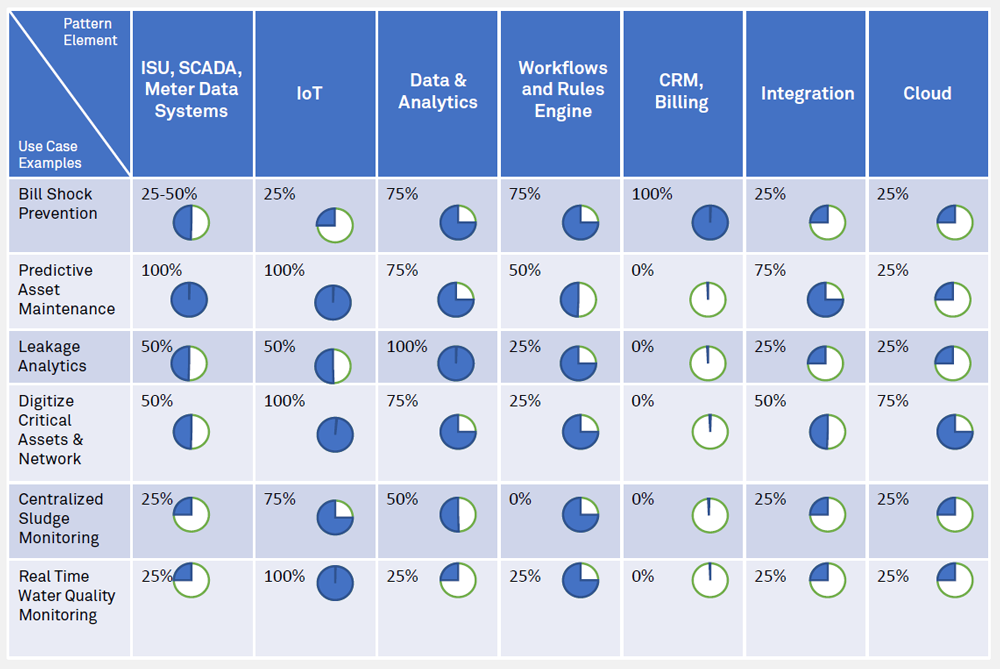
For example, we are seeing the utilities that are investing significantly in CRM and billing without harmonized investments in other elements of the pattern are unable to move the needle significantly on predictive asset management, water quality monitoring, digitizing critical assets, workforce management and safety. Conversely, organizations, which have first invested primarily in IoT are being inundated by data streams from these devices – a CIO remarked that his team was getting more data from a smart meter in a day than they would receive earlier in an entire year. His team were struggling to leverage that data as their maturity in analytics was not in step.
How to harmonize technology investments
The secret sauce here is the ability to invest precisely in key elements of the pattern to a point where we harmonize the utility’s progression across the pattern. This will enable a targeted set of use cases and release business value which could subsidise future investments.
How to harmonize investments to create a self-sustaining transformation roadmap

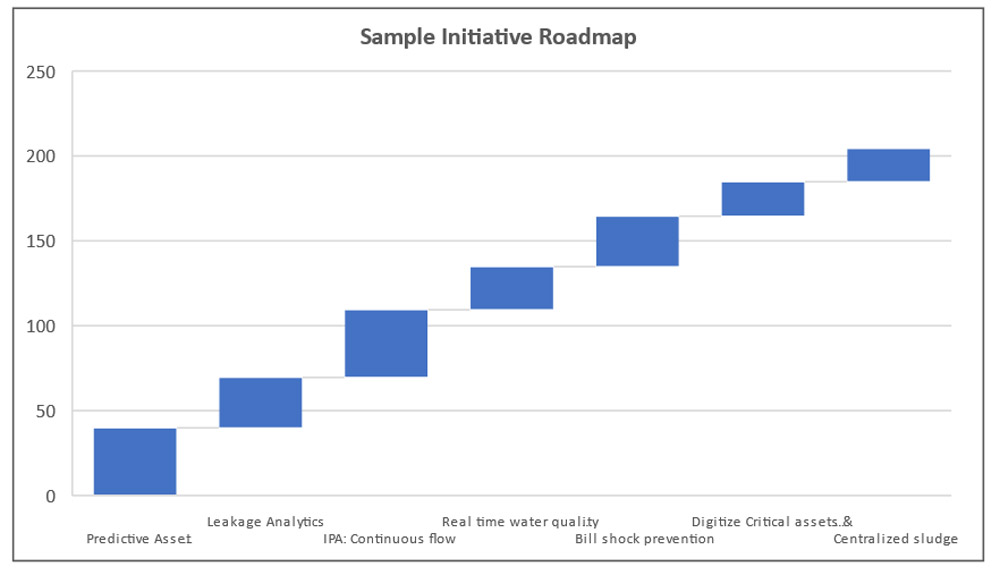
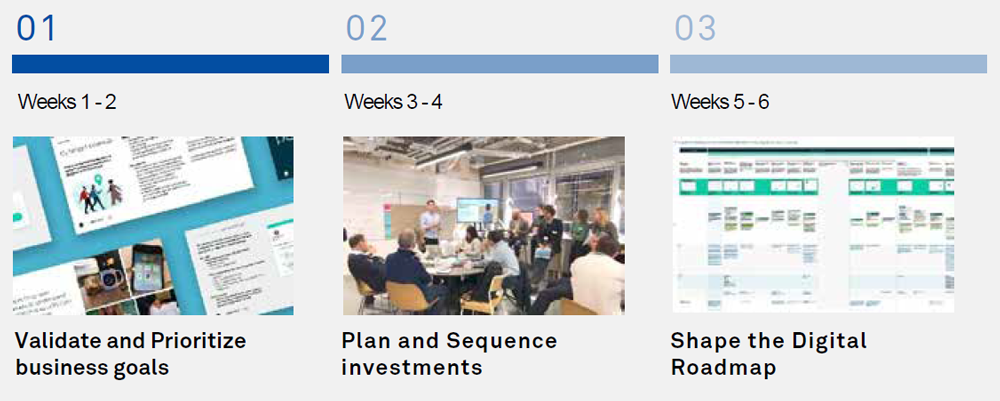
Such a roadmap would require a clear prioritised translation of the utility’s business goals and to make hard choices in the process. Customer experience and sustainability are important filters for the prioritisation. This will then be followed up by business benefit driven investment planning to sequence use cases. Next come the underlying technology, team capability uplifts and the level of maturity required in each layer of the pattern to enable these use cases.
Finally, this will be followed up by sequencing the use cases in a manner where sequential dependencies are identified upfront, resources are called upon, committed and released gracefully as the initiative progresses.
We can help you plan the right sequence of investments to enable new use cases and unlock value to create a self-funding, perpetual transformation initiative. For details, connect with us
References
Ashok Nayak
Business Director, Wipro Digital
Ashok has worked with boards and CXOs to shape digital transformations and led delivery of significant benefits. He has coached and led teams focused on water utility transformations to ensure true business value. This includes an end-to-end digital transformation for a water wholesaler, partnering with a water retailer to drive a multi-year transformation across their human experience, Workflow, Integration, Data, Cloud and IoT.
He leverages over 25 years of experience across digital, strategy consulting, automation and outsourcing to shape and execute transformational engagements.
Meher Vanama
Solution Leader, Wipro Digital
Meher has deep experience in Digital strategy, Business Design, Product Development, Business Analysis and Scrum leadership. He is skilled in bridging gaps between work streams, breaking silos and translating human experiences to technical specifications.
Meher helped shape and launch a transformation for a major water wholesaler in NSW, injected digital innovation in a water wholesaler, executed integration POCs for an integrated water utility and setup a Centre for Digital Excellence at an oil and gas major in Malaysia.